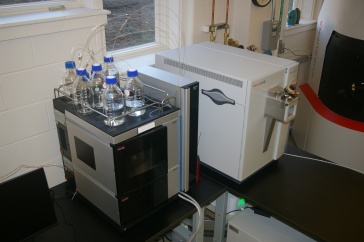
Adams Point on Great Bay
Communities addressing clean water regulatory requirements for the Great Bay Estuary would save over $100 million through greater collaboration and integrated planning, according to a study published by the Carsey School of Public Policy at the University of New Hampshire.
The area reviewed, the Exeter-Squamscott watershed, encompasses 80,000 acres and portions of 13 municipalities. The lower section of it includes the communities of Exeter, Stratham and Newfields, which together account for 24 percent of the total area but generate nearly 50 percent of the nitrogen to the river. The researchers found that meeting goals for nitrogen reduction won’t be possible without the commitment of every municipality along the river, including those not currently required to regulate nitrogen under the Clean Water Act.
“The greatest degree of cooperation leads to the greatest cost savings.”
“If communities work together, they can prioritize nitrogen reduction strategies across the watershed and across permits, starting with the most cost-effective actions,” the researchers found. “The greatest degree of cooperation leads to the greatest cost savings.”
The collaborative team of scientists, community leaders and water resources experts included Alison Watts, research assistant professor in civil and environmental engineering, partnered with Robert Roseen, Waterstone Engineering; Paul Stacey, Great Bay National Estuarine Reserve; Renee Bourdeau, Wright-Pierce; and Theresa Walker, Rockingham Planning Commission.
The full report can be found here: http://scholars.unh.edu/carsey/270.
-
Written By:
Erika Mantz | Communications and Public Affairs | erika.mantz@unh.edu



















































